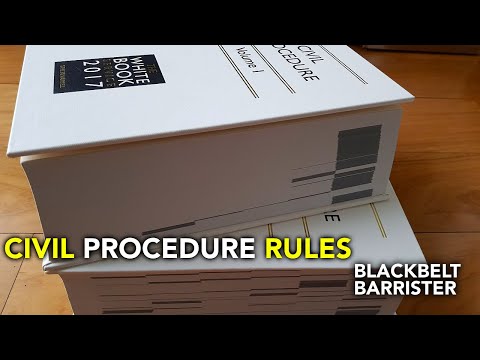
Greeting:
Welcome to this informative article on “Understanding Civil Legal Claims in the United States: An In-depth Explanation.” Whether you are a curious individual seeking knowledge or someone grappling with a legal issue, we aim to provide you with a comprehensive understanding of civil legal claims in the United States. It is important to note that while we strive to present accurate and reliable information, it is always advisable to cross-reference with other sources or consult a legal professional to obtain tailored advice for your specific situation. Now, let’s delve into the fascinating world of civil legal claims in the United States.
Overview of Civil Legal Claims:
📋 Content in this article
In the United States, civil legal claims play a vital role in resolving disputes between individuals, organizations, or entities. Unlike criminal cases that deal with violations of public laws, civil legal claims focus on private matters and seek to establish liability for harm or damages caused. These claims typically arise from a wide range of conflicts, such as personal injuries, contract breaches, property disputes, employment issues, and many other areas of life where legal rights and obligations are at stake.
Key Elements of a Civil Legal Claim:
To have a successful civil legal claim, several essential elements need to be met. Understanding these elements is crucial in navigating through the complexities of the legal system. Here are the key components of a civil legal claim:
1. Plaintiff: The plaintiff is the party who brings the civil legal claim. This can be an individual, a group, or an organization that believes they have been wronged and seeks compensation or other forms of relief from the court.
2. Defendant: The defendant is the party against whom the civil legal claim is filed. This can be an individual, a business, or any other entity that allegedly caused harm or is responsible for the dispute.
3. Legal Duty: The plaintiff must establish that the defendant had a legal duty towards them
Understanding the Three Most Common Types of Civil Cases in US Law
Understanding Civil Legal Claims in the United States: An In-depth Explanation
Introduction:
In the United States, civil law governs disputes between individuals or entities, also known as civil cases. These cases typically involve claims seeking compensation or some form of relief for harm or injury caused by another party’s actions or omissions. Civil cases differ from criminal cases, which involve violations of public laws that are prosecuted by the government. To navigate the intricacies of civil law, it is essential to understand the three most common types of civil cases in the United States.
The Three Most Common Types of Civil Cases:
The Legal Process in Civil Cases:
Once a civil case is initiated, the legal process
Understanding US Civil Claims: A Comprehensive Guide
Understanding Civil Legal Claims in the United States: An In-depth Explanation
Introduction:
Navigating the complex world of civil legal claims in the United States can be a daunting task. Whether you are considering filing a claim or have found yourself on the receiving end of one, it is crucial to have a solid understanding of the key concepts involved. This guide aims to provide you with a comprehensive explanation of civil legal claims in the United States, shedding light on the essential aspects that you need to know.
1. What is a Civil Legal Claim?
A civil legal claim, also known as a civil lawsuit, is a legal dispute between two or more parties seeking monetary damages or other forms of relief. Unlike criminal cases, which involve actions that are considered offenses against society as a whole, civil claims involve private disputes between individuals or entities.
2. Elements of a Civil Legal Claim:
To successfully pursue a civil legal claim, certain elements must be present. These elements typically include:
3. Types of Civil Legal Claims:
Civil legal claims cover a wide range of disputes. Some common types of civil claims include:
Title: Understanding Civil Legal Claims in the United States: An In-depth Explanation
Introduction:
In today’s complex legal landscape, it is crucial to comprehend the fundamentals of civil legal claims in the United States. This article aims to provide a comprehensive understanding of civil legal claims while emphasizing the importance of staying current on this topic. It is essential to note that the information provided here serves as a general overview and should not be considered legal advice. Readers are strongly advised to verify and cross-reference the content with qualified legal professionals or authoritative sources.
1. Understanding Civil Legal Claims:
Civil legal claims are lawsuits filed between individuals or entities seeking resolution for alleged violations of their rights or harm caused by others. These claims typically focus on seeking compensation rather than criminal punishment. It is important to distinguish civil claims from criminal cases, as the burden of proof and legal standards differ significantly.
2. Types of Civil Legal Claims:
There are various types of civil legal claims, each addressing different areas of law and seeking different outcomes. Some common examples include:
